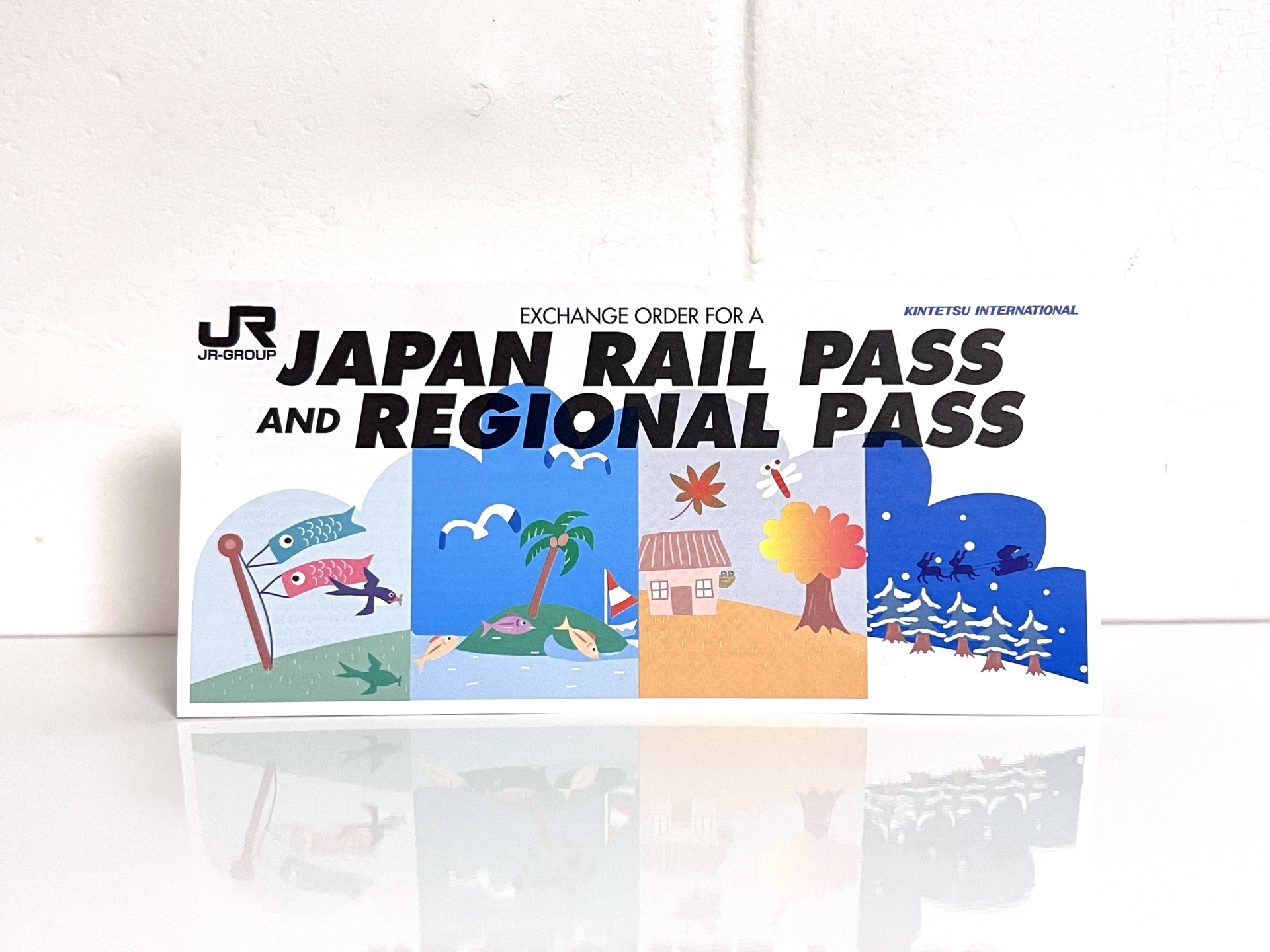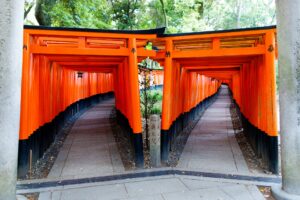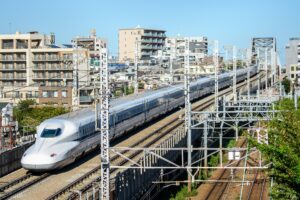The Japan Rail Pass, commonly known as the JR Pass, is a must-have for many visitors to Japan, offering unlimited travel on JR trains for a set period. This guide covers everything from the basics of purchasing and using the pass to advanced tips on maximizing its value. Whether you’re a first-time visitor or a seasoned traveler, learn how to navigate Japan’s extensive rail network efficiently with the JR Pass.
What is the JR Pass?
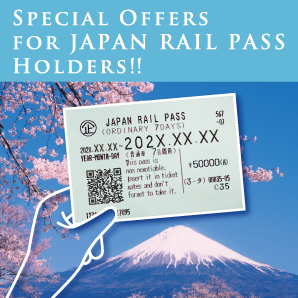
The Japan Rail Pass, commonly known as the JR Pass, is a special travel pass that provides unlimited travel on Japan Railways (JR) trains across the country for a set period. It is specifically designed for tourists visiting Japan, offering a cost-effective way to explore the country by rail. Available in 7-day, 14-day, and 21-day versions, the JR Pass covers travel on all JR-operated trains, including the iconic Shinkansen (bullet trains), with some exceptions. Only foreign tourists on a short-term visa can purchase this pass, making it an exclusive benefit for international travelers. The pass can be bought online through the official JR Pass website or from authorized sales agents before arriving in Japan. It can also be purchased at select locations within Japan, although buying in advance is often more economical.
How Much Does the JR Pass Cost?
According to the latest information from the official JR Pass website, the prices for both the Standard and Green Pass options have been updated and are now available in U.S. dollars. Here’s a breakdown of the current costs:
7-Day JR Pass
- Ordinary (Standard Class):
- Adult: $363 USD
- Child (6-11 years old): $179 USD
- Green (First Class):
- Adult: $502 USD
- Child: $251 USD
14-Day JR Pass
- Ordinary (Standard Class):
- Adult: $574 USD
- Child (6-11 years old): $287 USD
- Green (First Class):
- Adult: $789 USD
- Child: $394 USD
21-Day JR Pass
- Ordinary (Standard Class):
- Adult: $726 USD
- Child (6-11 years old): $358 USD
- Green (First Class):
- Adult: $996 USD
- Child: $497 USD
Important Notes
- Child Prices: These discounted rates apply to children aged 6 to 11. Children under six can travel for free if they do not occupy a reserved seat.
- Green Pass: This first-class option offers more spacious seating and enhanced amenities for a comfortable travel experience, making it a popular choice for travelers seeking extra comfort.
- Validity and Activation: The JR Pass must be activated within three months of purchase. Once activated, the first day of use must occur within one month.
- Seat Reservations: Both Ordinary and Green Pass holders can enjoy free seat reservations, ensuring a hassle-free travel experience on Japan’s busy rail network.
Reference: Japan Rail Pass Price – Tickets and Discounts | JRailPass
Is the JR Pass Worth It?
Determining the value of the JR Pass depends on your travel plans. If you plan to travel extensively between cities using the Shinkansen or other JR lines, the pass can provide significant savings.
However, for travelers planning to stay in a single region or city, purchasing regional passes or individual tickets might be more economical. The JR Pass offers the greatest value when used for long-distance travel and exploring multiple areas of Japan within the validity period.
How to Use the JR Pass
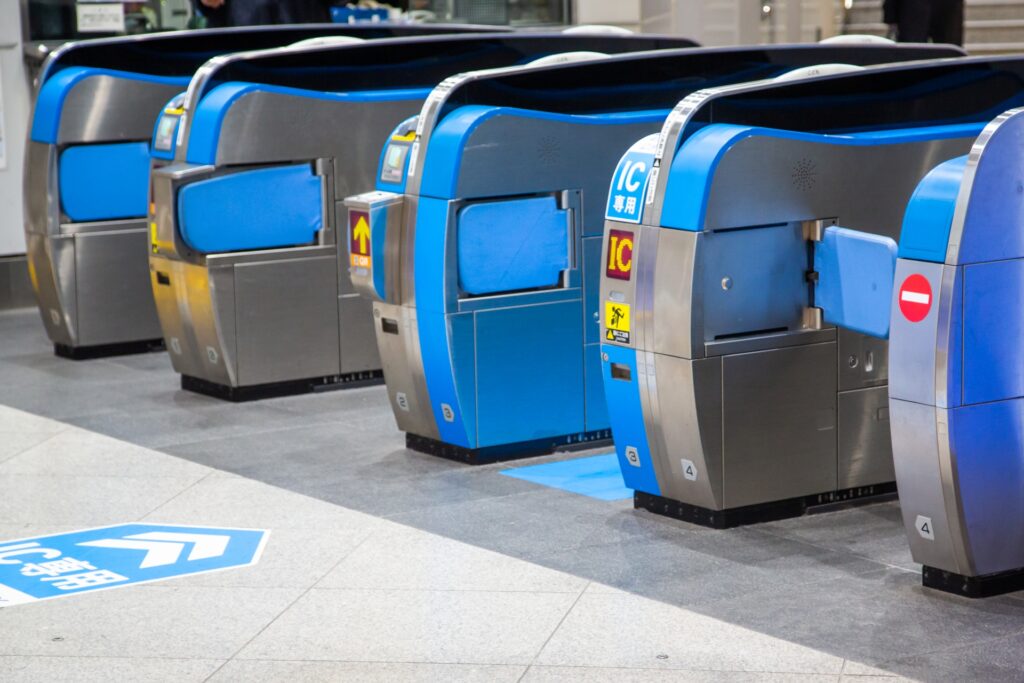
Using the JR Pass is straightforward but requires a few steps to get started. First, you need to exchange your JR Pass voucher (received upon purchase) for the actual pass at a designated JR exchange office in Japan, such as major airports or train stations. During this process, you can select the activation date, which does not need to be the same as the exchange date. Once activated, simply show your JR Pass at manned ticket gates in JR stations, and it will act as your ticket. For Shinkansen and certain limited express trains, you may need to make seat reservations, which can be done at JR ticket offices or online. Remember to always carry your passport as JR staff may request it to verify your pass.
Best Routes and Destinations with the JR Pass
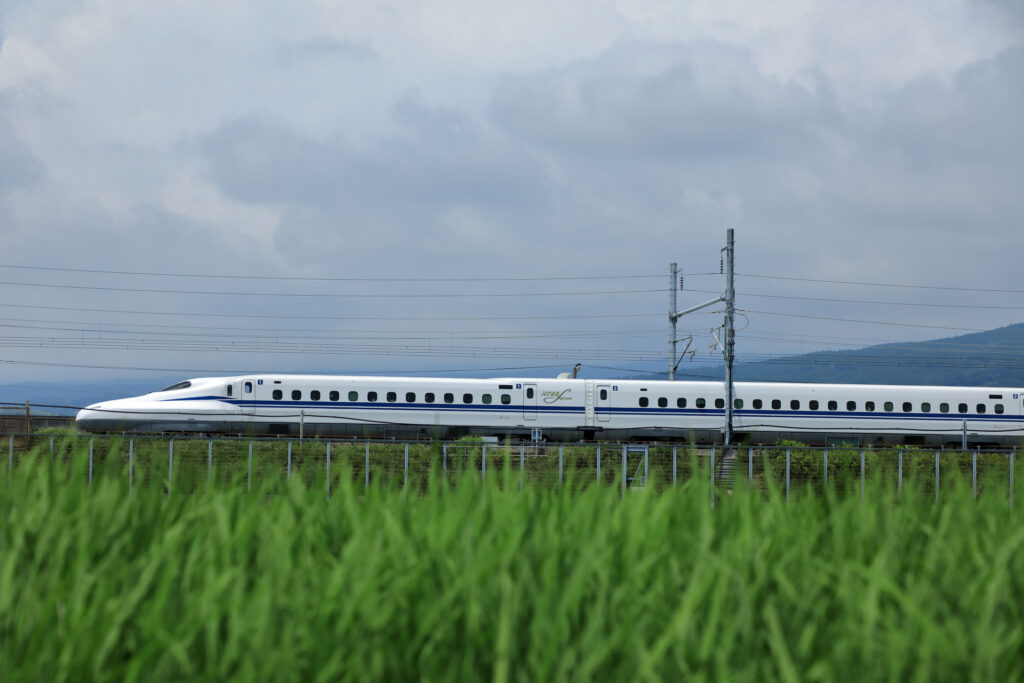
The JR Pass opens up a wide range of travel possibilities, including popular routes such as Tokyo to Kyoto, Osaka, and Hiroshima via the Tokaido Shinkansen line. It also covers scenic journeys, such as the Hokkaido line to Sapporo, the limited express train to Kanazawa, and even local JR lines to rural destinations like the Japanese Alps. For a classic itinerary, consider traveling from Tokyo to Kyoto, then onward to Hiroshima and back, exploring each city’s unique cultural and historical offerings. The pass also covers travel to Japan’s northern and southern islands, making it a comprehensive option for exploring Japan’s diverse landscapes.
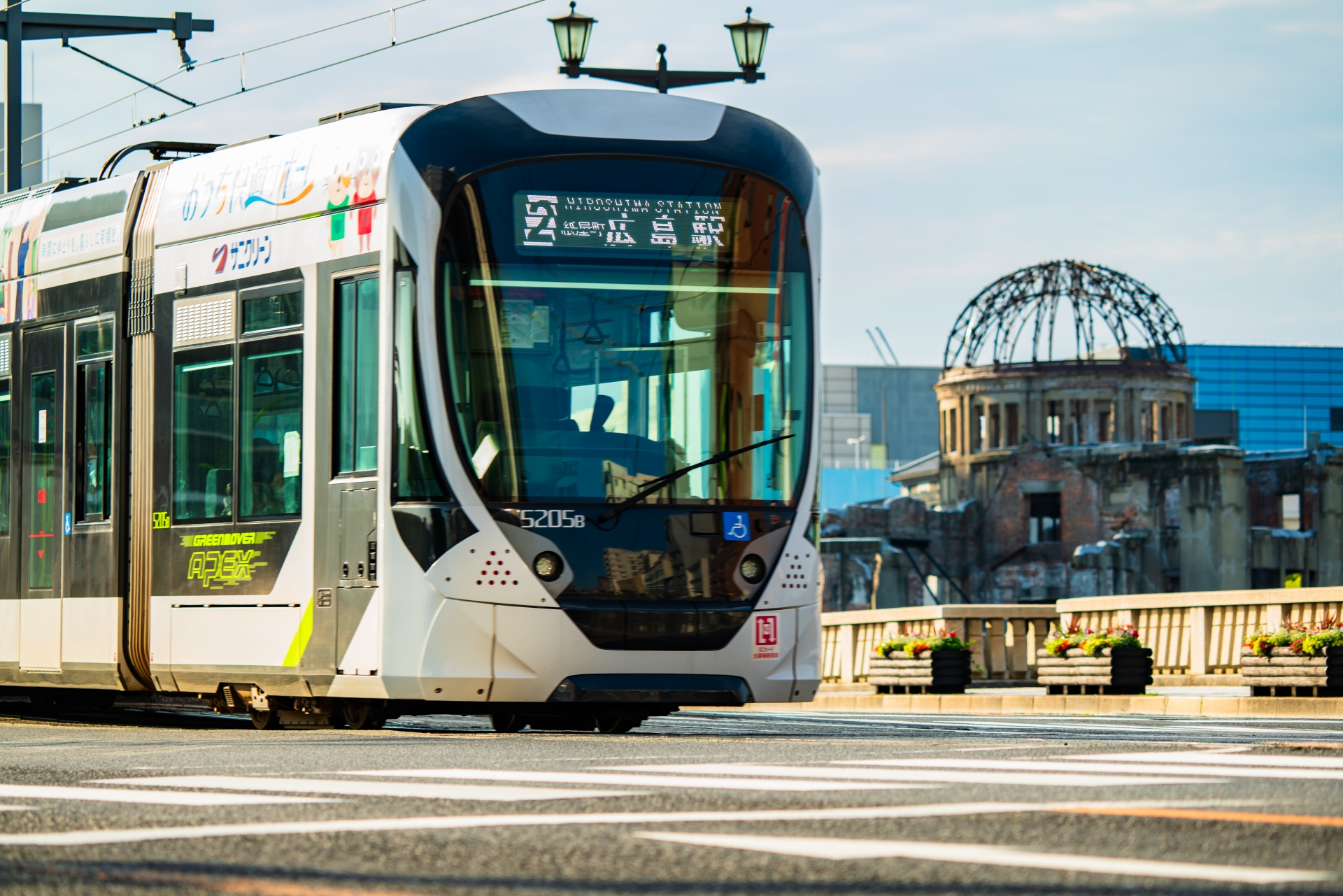
Tips for Maximizing Your JR Pass
To get the most out of your JR Pass, consider using it for airport transfers, such as the Narita Express from Narita Airport to Tokyo or the Kansai Airport Express to Osaka. Make seat reservations on busy routes, especially during peak travel seasons, to ensure a comfortable journey. Plan your trips to align with the pass’s activation period to maximize coverage days and use the pass strategically for long-distance travel, keeping local travel for days outside the pass validity. Avoid common pitfalls like not activating the pass in advance or forgetting to check the train schedules and routes covered by the JR Pass.
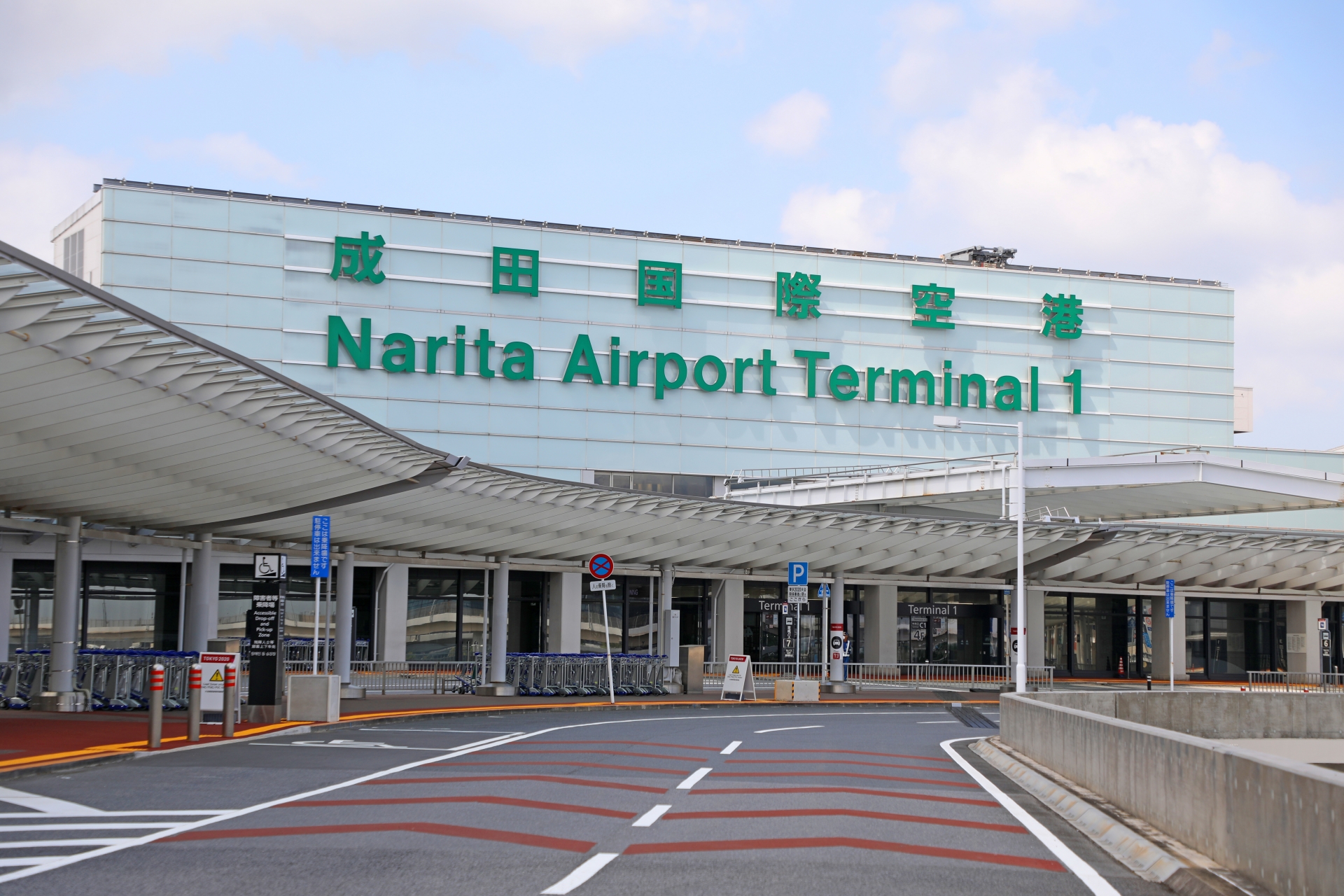
Alternatives to the JR Pass
While the JR Pass offers extensive coverage, other travel options may be more suitable depending on your travel plans. Regional JR Passes, such as the JR East Pass or JR West Pass, provide similar benefits but are limited to specific areas and are often cheaper. Private railway passes, like the Tokyo Metro Pass or the Kansai Thru Pass, cater to travelers staying within specific regions or cities. Comparing these alternatives can help determine the best option for your itinerary, especially if your travel is focused on one region rather than cross-country exploration.
Common Questions About the JR Pass
- How much does a JR Pass cost?
The JR Pass prices start from approximately ¥33,610 for 7 days, with longer duration passes available. - Is the JR Pass worth it?
Yes, especially for those planning to travel extensively across Japan, as it provides significant savings over individual ticket purchases. - Can I buy a JR Pass in Japan?
Yes, you can purchase a JR Pass at select locations within Japan, but buying in advance is often recommended for better pricing. - What is covered by the JR Pass?
The JR Pass covers JR trains, including the Shinkansen (except Nozomi and Mizuho), limited express, local trains, and some JR buses and ferries. - How do I activate my JR Pass?
You must exchange your voucher for the actual pass at a JR exchange office in Japan and select the activation date.

